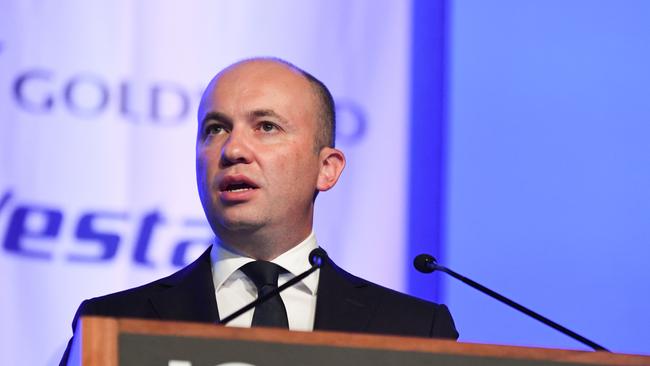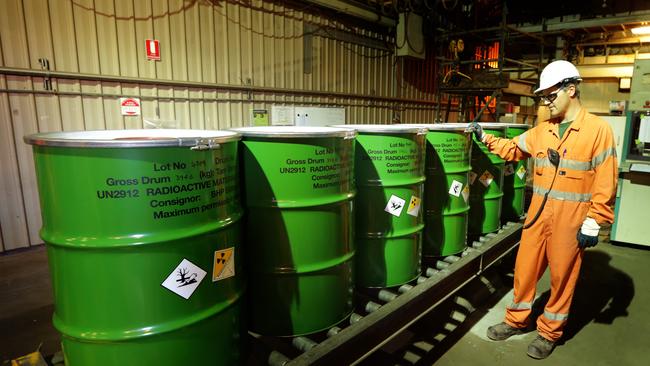Nuclear-powered NSW: Mark Latham calls for uranium mining, Energy Minister rejects plan
Mark Latham has predicted coal-working communities would become ‘rust-bucket regions with parents on welfare and kids on drugs’ if nuclear power didn’t replace coal mining. But the NSW Energy Minister and government researchers have nuked his vision.
Local
Don't miss out on the headlines from Local. Followed categories will be added to My News.
Government researchers have found a bid by controversial Upper House member, Mark Latham, to “lift the ban on nuclear power and uranium mining” in NSW would be ineffective due to a lack of uranium sources across the state and sky-high pricing.
In a recent submission to the NSW Government sustainability of energy inquiry, Mr Latham forecast the Hunter Valley would become a “rust-bucket region” with working class communities “hollowed out by deindustrialisation, with the parents on welfare and the kids on drugs” if coal mining and power plants shut down without nuclear power taking its place.

“In the absence of nuclear power, coal is essential not just for Hunter Valley employment, but keeping the lights on in NSW,” Mr Latham said.
“A NSW power grid based on a little bit of hydro, lots of renewables, banned nuclear and
phased-out coal will inevitably lead to mass blackouts and the economic and social devastation of the State.”
Mr Latham said the government should develop a Hunter Jobs Plan, made up by supporting the coal industry by changing the State’s environmental laws.
“With several coal-fired power stations scheduled to close in the region over the next 30 years, it is timely to lift government bans on the development of nuclear power,” he said.
“There have been massive advances in the safety and efficiency of nuclear technology in recent decades, resulting in ‘inherently safe’ and cost-effective small modular
reactors.

“Among alternative energy sources, nuclear is the one most likely to provide transferable skills for those retrenched from coal-fired power jobs.”
NSW Energy Minister Matt Kean hit back at Mr Latham’s claims, telling NewsLocal nuclear power is “200 to 300 per cent more expensive than the current lowest cost, firm generation technologies like solar and wind backed up by pumped hydro”.
“The reality is, a nuclear power station would take a very long time to plan and build,” he said. “In countries that have established nuclear power industries and regulatory frameworks, this can take more than a decade.
“As Australia has no nuclear power industry and nuclear energy generation is prohibited under Commonwealth law, this is likely to take longer.”

He said the state has a road map to securing reliable, sustainable and affordable electricity — which didn’t include nuclear power.
“Our Strategy is expected to deliver $8 billion of private investment and 1,200 jobs new jobs, mostly in rural and regional NSW,” he said.
Research findings revealed NSW had only one known deposit of uranium at Toongi — just outside Dubbo — with between 3,000 and 10,000 quadrillion joules of identifiable uranium.
The only known site in NSW makes up just 0.2 to 0.8 per cent of Australia’s total identified resources.

Major energy basins across the state are made up of coal and unconvential gas, while Australia’s major uranium sources are found in South Australia.
A NSW Planning, Industry and Environment representative said there is a “changing electricity generation mix” across the state as “coal-fired power stations reach the end of their technical lives”.

By August last year, NSW had around 21,100 megawatts (MW) of electricity generation
capacity installed, across three main sources including coal (10,200 MW), gas and oil (2,300 MW), and renewables including Snowy Hydro and rooftop solar systems (8,700 MW).
Throughout the past 12 month, the cost of uranium per ounce has ranged from $28.5 and $23.85 USD.

